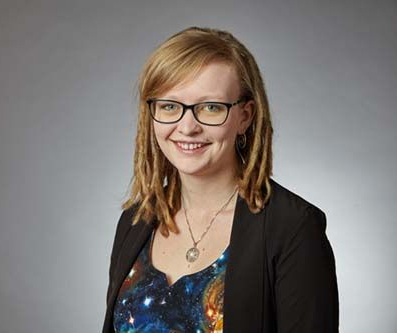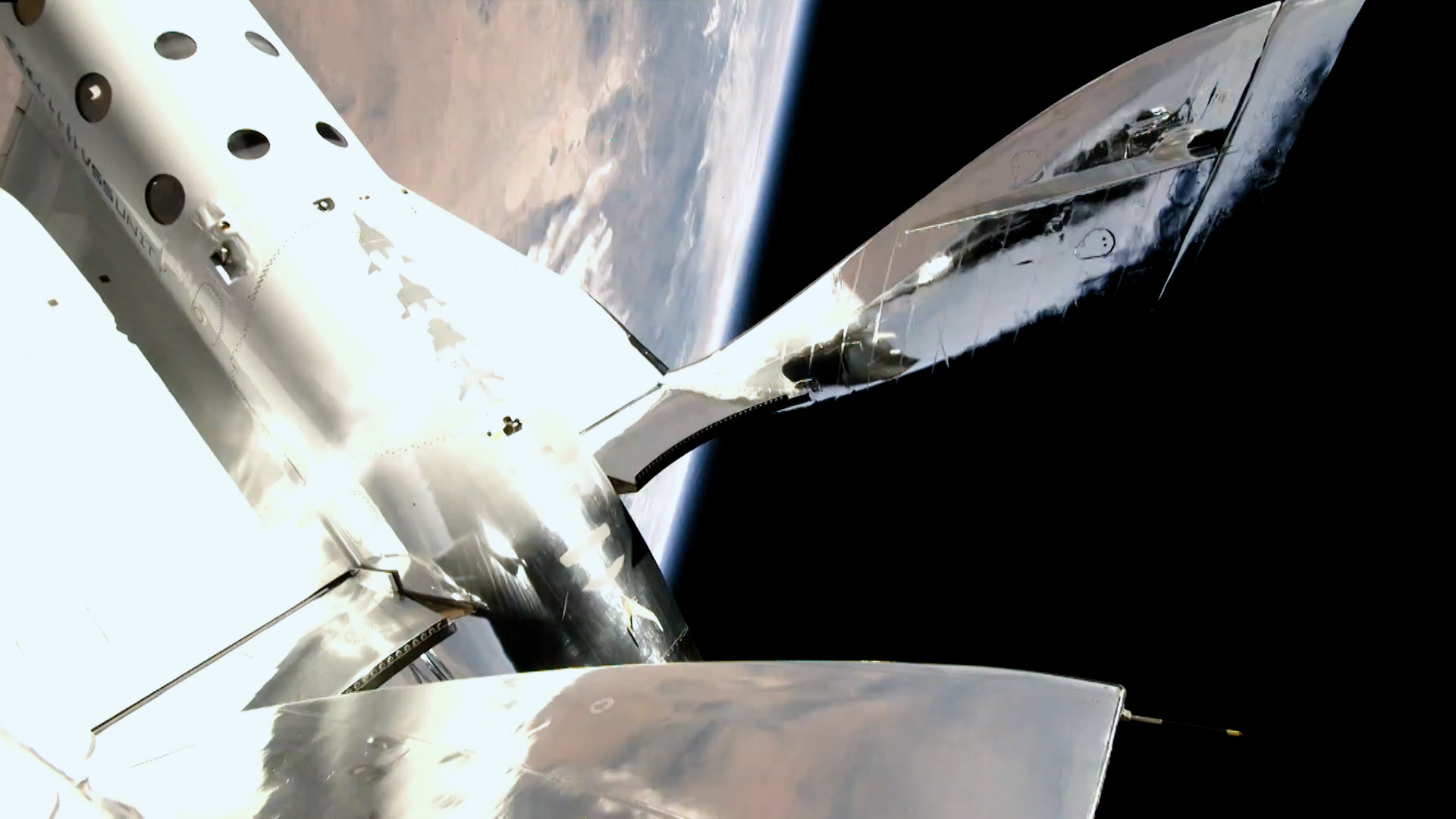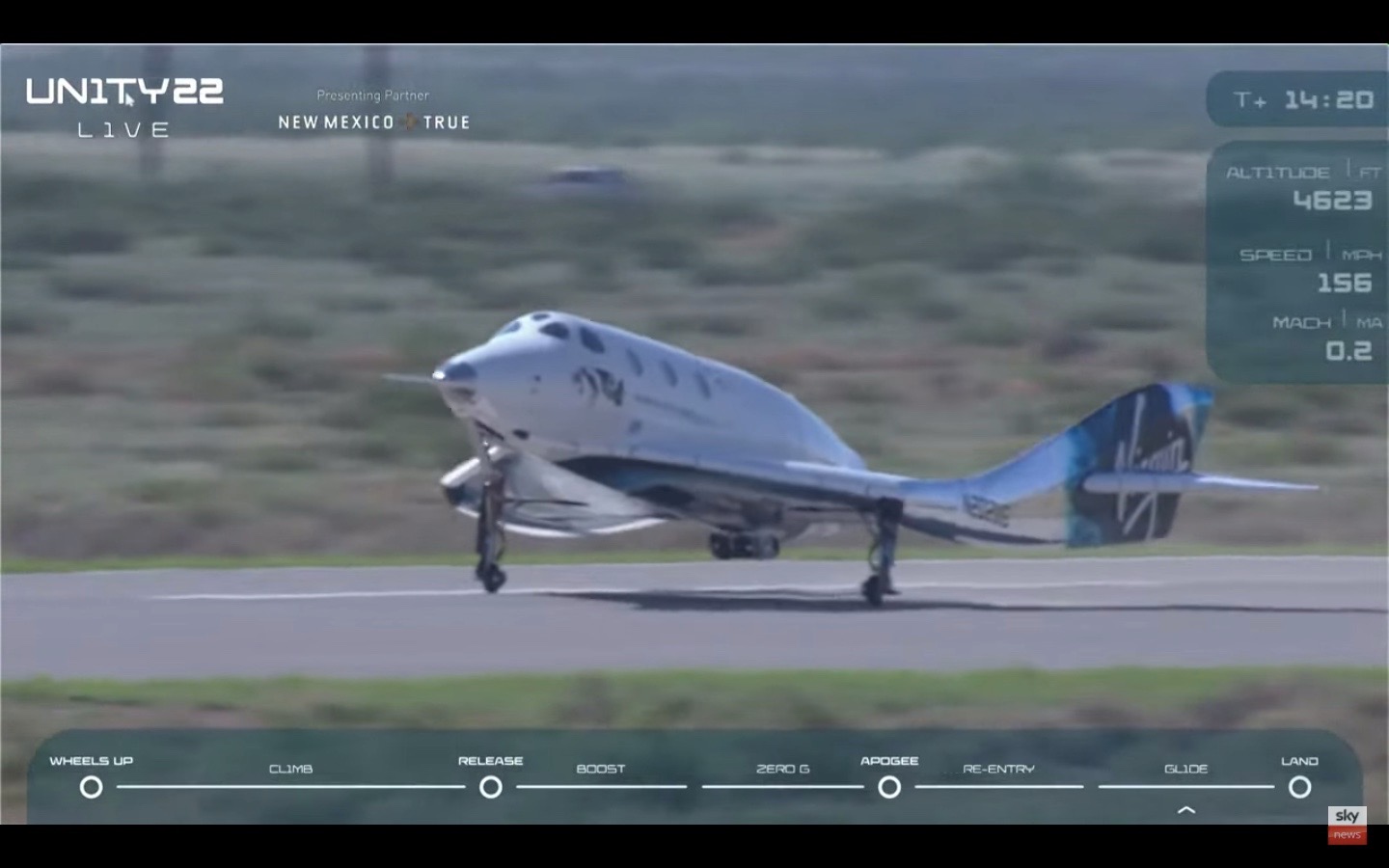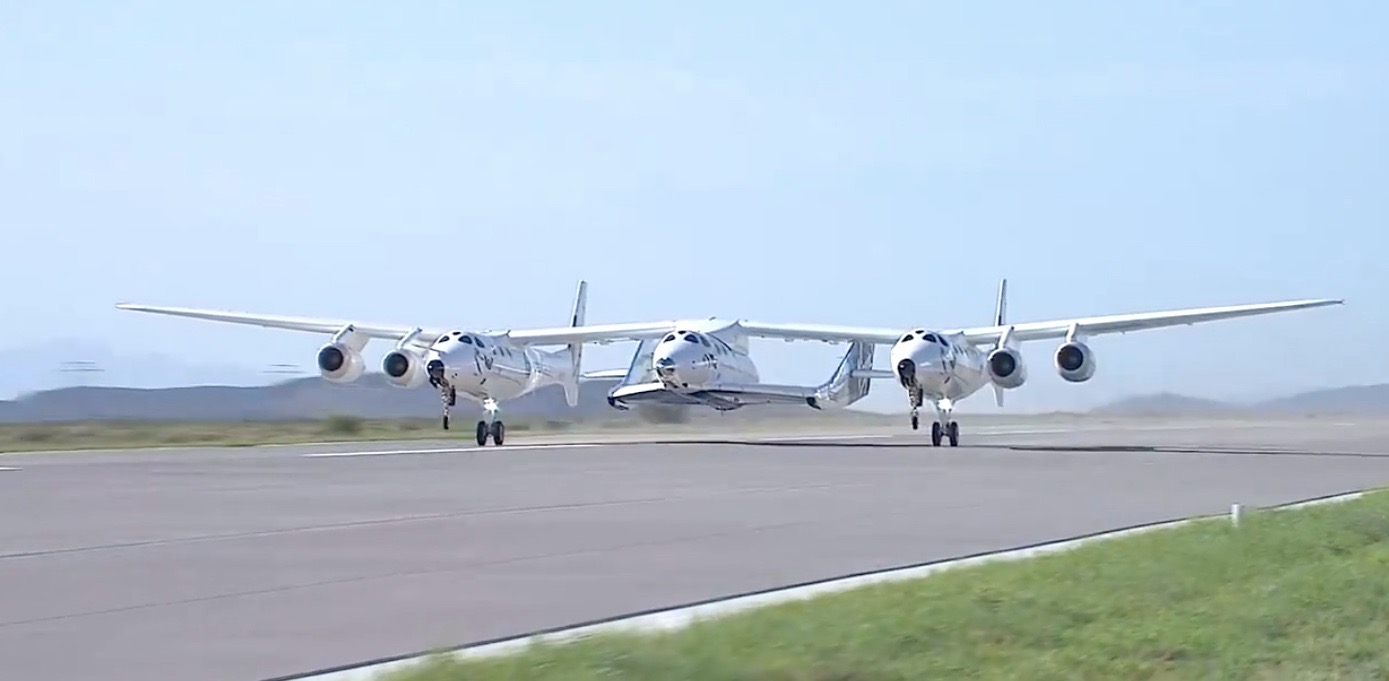'Red light' warning flashed during Richard Branson's historic spaceflight, Virgin Galactic insiders say
It may not have gone as smoothly as we thought.

When Virgin Galactic founder Richard Branson became the first billionaire to fly to space with his own company on July 11, he could have also come close to becoming the first billionaire to crash during a spaceflight, according to a report from The New Yorker. But Virgin Galactic disputes the claim, asserting that no one was ever in any danger.
The mission, called Unity 22, saw Branson and four other passengers fly to space on Virgin Galactic's SpaceShipTwo space plane VSS Unity, which was piloted by the company's veteran pilots Dave Mackay and Mike Masucci. After a carrier aircraft called WhiteKnightTwo lifted VSS Unity to an altitude of 50,000 feet (15,000 meters), the space plane separated from its mothership and ignited its rocket engines, sending the craft soaring up to 53 miles (86 km) above Earth's surface, where the crew experienced about four minutes of weightlessness before heading back to Earth via an unpowered glide flight.
Nearly one minute into VSS Unity's powered flight, a yellow caution light appeared on the space plane's console indicating that the craft was veering off course. "The light was a warning to the pilots that their flight path was too shallow and the nose of the ship was insufficiently vertical," The New Yorker report by writer Nicholas Schmidle states. "If they didn't fix it, they risked a perilous emergency landing in the desert on their descent."
Related: Virgin Galactic launches Richard Branson on 1st fully crewed spaceflight
The New Yorker report is based on interviews with eight unnamed Virgin Galactic officials who are "knowledgeable about the program," the report states.
In a statement emailed to Space.com, Virgin Galactic officials said, "We dispute the misleading characterizations and conclusions in the New Yorker article," adding that "The safety of our crew and passengers is Virgin Galactic's top priority. Our entire approach to spaceflight is guided by a fundamental commitment to safety at every level, including our spaceflight system, our test flight program and our rigorous pilot training protocol."
Just a few seconds before the minute-long engine burn was complete, another warning light appeared on the console — this time a red light indicating a so-called "entry glide cone warning." The term refers to the cone-shaped trajectory of VSS Unity during its glide flight back down to Earth, and the red warning light "should scare the crap out of you," Masucci once said during a Virgin Galactic pilots' meeting in 2015, according to The New Yorker.
Get the world’s most fascinating discoveries delivered straight to your inbox.
Because VSS Unity was not descending at the correct angle, it had veered outside of this cone and outside of its mandated airspace, which could have put it at risk of an emergency landing or even a collision with other aircraft. Virgin Galactic officials told The New Yorker that VSS Unity had in fact "deviated from its Air Traffic Control clearance" for 1 minute, 41 seconds and that an "investigation is ongoing."
However, the craft "did not fly outside of the lateral confines of the protected airspace," a Virgin Galactic spokesperson told Space.com. "As a result of the trajectory adjustment, the flight did drop below the altitude of the airspace that is protected for Virgin Galactic missions for a short distance and time (1 minute and 41 seconds) before reentering restricted airspace that is protected all the way to the ground for Virgin Galactic missions."
"At no time did the ship travel above any population centers or cause a hazard to the public," the spokesperson added.
While multiple sources within the company told The New Yorker that the safest course of action would have been to abort the mission — powering down the engines and returning to Earth before reaching the maximum planned altitude. But one Virgin Galactic spokesperson disagreed that an abort was the safest option, the report states.
There was no abort, and thankfully the skilled pilots of VSS Unity were able to get the passengers to and from space safely, and the space plane returned to Earth with a smooth, space shuttle-style touchdown at Spaceport America in New Mexico.
"Unity 22 was a safe and successful test flight that adhered to our flight procedures and training protocols," Virgin Galactic officials said in the statement. "When the vehicle encountered high altitude winds which changed the trajectory, the pilots and systems monitored the trajectory to ensure it remained within mission parameters. Our pilots responded appropriately to these changing flight conditions exactly as they have been trained and in strict accordance with our established procedures."
"Although the flight's ultimate trajectory deviated from our initial plan, it was a controlled and intentional flight path that allowed Unity 22 to successfully reach space and land safely at our Spaceport in New Mexico," the statement adds. "At no time were passengers and crew put in any danger as a result of this change in trajectory."
July's flight was the first time that SpaceShipTwo carried a full crew of passengers to space, but it certainly wasn't the first time that a SpaceShipTwo mission experienced dangerous technical problems. An earlier test flight in 2014 infamously killed one pilot while injuring another, and there have been at least two close calls since then.
During one test flight in July 2018, Mackay and Masucci lost control of the space plane as they flew through Earth's mesosphere for the first time, according to the New Yorker. They regained control and landed safely, but "a post-flight inspection exposed manufacturing defects that required months of repairs," the magazine's Nicholas Schmidle reported.
Then when Virgin Galactic put its first passenger on board SpaceShipTwo for a test flight in 2019, "the ship sustained significant damage when a bond holding the trailing edge of the horizontal stabilizer came unglued," The New Yorker added. In a 2020 interview, Virgin Galactic's then vice-president of safety Todd Ericson told The New Yorker, "I don't know how we didn't lose the vehicle and kill three people." When it seemed that Virgin Galactic management had swept the incident under the rug, Ericson left his position at the company in frustration, according to The New Yorker.
Another well-respected Virgin Galactic pilot who voiced concerns over the company's safety practices has also recently left the company, but he was fired over Zoom, The New Yorker reported. Virgin Galactic's lead test pilot and flight-test director Mark Stucky criticized Virgin Galactic's management in a book published in May 2021 by Nicholas Schmidle (who also wrote The New Yorker's report). After the book was published, Stucky "was stripped of his flight duties and excluded from key planning meetings" pertaining to the July 11 mission, and he was fired eight days after the flight, according to the New Yorker.
After the apparent success of the July 11 flight, Virgin Galactic resumed selling space tourism tickets on its SpaceShipTwo, raising the price nearly twofold to $450,000 per seat.
The company plans to launch its next SpaceShipTwo mission in late September, this time carrying a crew from the Italian Air Force to suborbital space. After that flight, Virgin Galactic plans to ground its mothership VMS Eve for eight months for "enhancements," the company announced last month.
Editor's note: This article was updated Sept. 2 with Virgin Galactic's statement.
Correction: An earlier version of this article referred to the yellow light on the console as a "warning" light. It is not a warning light, it is a caution light.
Email Hanneke Weitering at hweitering@space.com or follow her @hannekescience. Follow us on Twitter @Spacedotcom and on Facebook.

Hanneke Weitering is an editor at Liv Science's sister site Space.com with 10 years of experience in science journalism. She has previously written for Scholastic Classroom Magazines, MedPage Today and The Joint Institute for Computational Sciences at Oak Ridge National Laboratory. After studying physics at the University of Tennessee in her hometown of Knoxville, she earned her graduate degree in Science, Health and Environmental Reporting (SHERP) from New York University. Hanneke joined the Space.com team in 2016 as a staff writer and producer, covering topics including spaceflight and astronomy.






